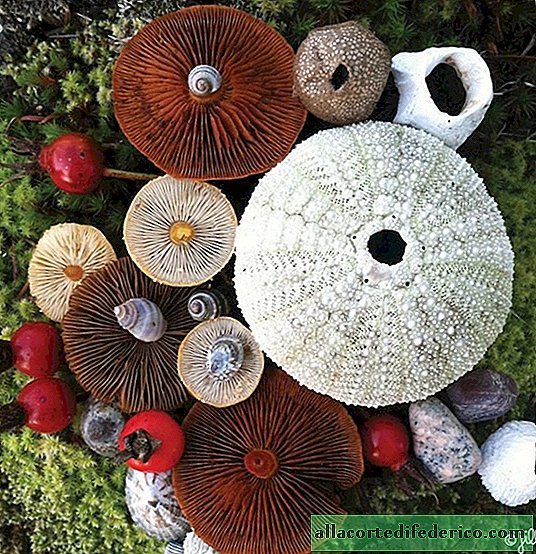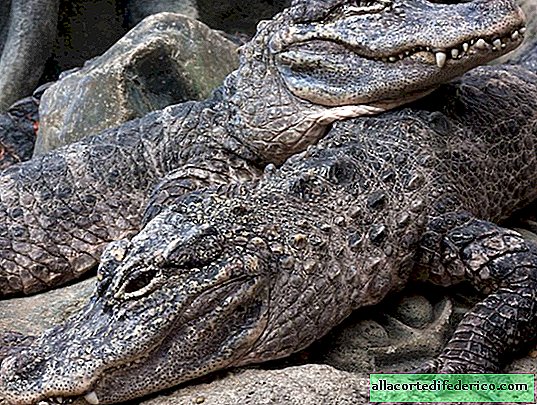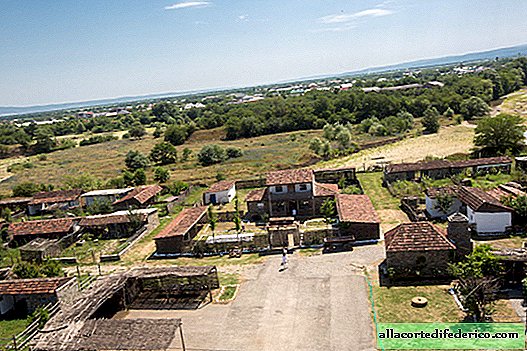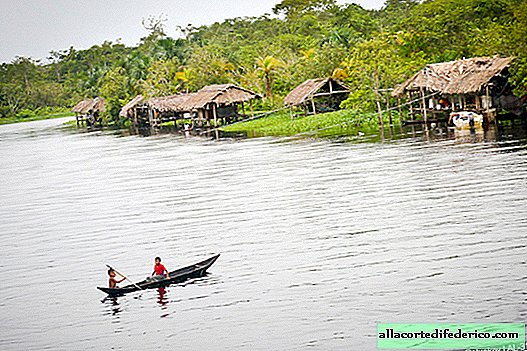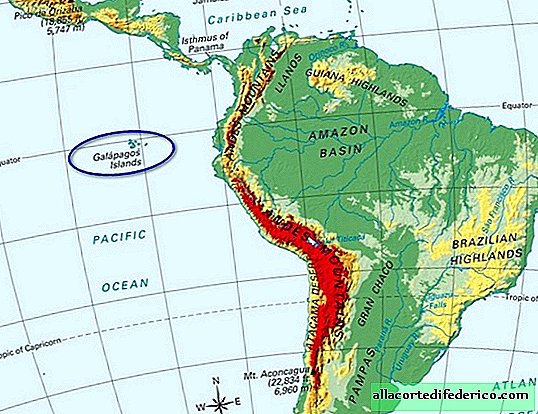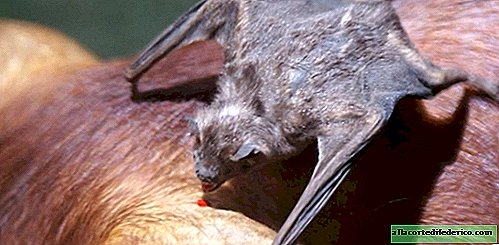Death is canceled: how some salmon manage to avoid death after spawning
Everyone knows that fish of the salmon family have one sad feature: after puberty and spawning, they necessarily die. But it turns out that in this harsh law of nature there is one exception. On the territory of Europe, some representatives of the salmon genus live, who manage to live longer and happier lives, and they can spawn several times.

Fish of the salmon family, and this is the well-known chum, pink salmon, salmon, trout and others, live in the cool waters of the northern hemisphere. Among them, there are both passing species and lake forms. After feeding and puberty, salmon go to spawn. But after they lay their eggs, they only have to live a little and after a few weeks they die. Salmon die as a result of irreversible processes that are associated with the production of steroid hormones, including the stress hormone - cortisol. But, sadly, their death has a certain biological meaning. In conditions of a poor food supply of cold northern rivers, where spawning takes place and the first months of life of young salmon larvae take place, the dead bodies of parents serve as a food base for aquatic invertebrates, which in turn feed on fish larvae.

But sometimes unusual mollusks interfere in this process, which are able to perform a miracle and prevent the process of premature aging and death.
An ordinary or European pearl mussel is a bivalve mollusk that lives in rivers and streams of the northern hemisphere. Not so long ago, these mollusks served as an object of fishing and from them they extracted river pearls. The pearl industry has been developed in European countries, including Russia, but today, due to a sharp decrease in the number of this species, the industry is not fishing.

However, this mollusk is interesting not only for its ability to produce pearls. It turns out that the European pearl mussel is an outstanding long-liver among freshwater invertebrate animals and can live up to 200-250 years. But the larvae of this mollusk are parasites at the beginning of their lives and need a host fish, often played by Atlantic salmon. Larvae attach to the gills of these fish and live there for 8-11 months, after which they separate and continue their free life at the bottom of the reservoir.

The mollusk not only uses fish as a host, but also helps ensure that the fish does not die after spawning. The biochemical program of premature death fails as a result of specific substances that secrete mollusks. Thanks to the common pearl mussel, Atlantic salmon are able to spawn up to 6 times and live much longer, while they significantly increase resistance to adverse factors, such as low oxygen levels or trauma. Of course, they cannot live up to 200 years, but it is reliably known that such fish survive to 13 years. The biological meaning of this process, according to scientists, is that the parasite deliberately protects the life of its owner, since it does not have time to go through the full cycle of its development, which lasts up to 11 months. The pearl requires salmon to be alive, and for this it is necessary to help him not die. According to studies, cohabitation with mollusks has no negative health consequences for salmon, so such cooperation can be called symbiosis rather than parasitism.



